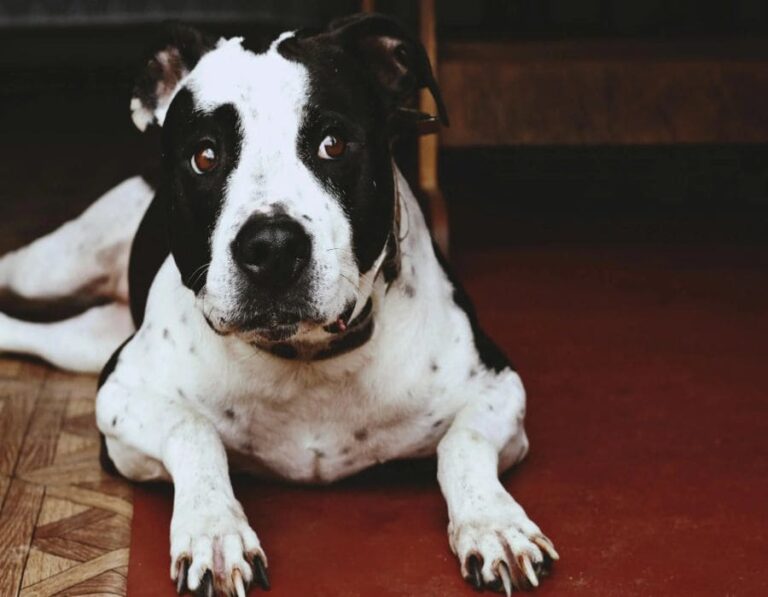15 Signs Your Dog Is More Stressed Than You Realize
Dogs may not be able to talk, but they communicate their emotions in other ways. Many pet owners assume their dogs are happy as long as they’re eating, playing, and wagging their tails. However, dogs can hide stress and anxiety, making it difficult to recognize when something is wrong. Stress in dogs can be caused by changes in their environment, lack of stimulation, fear, or even underlying health issues.
Understanding the subtle signs of stress can help you provide comfort and support before anxiety turns into behavioral or health problems. Here are 15 signs your dog may be more stressed than you realize and what you can do to help them feel more at ease.
1. Excessive Panting

Dogs naturally pant to regulate their temperature, but if your dog is panting heavily without physical exertion or heat, it could be a sign of stress.
Panting due to stress often occurs alongside other signs of discomfort, such as pacing or whining. If your dog starts panting excessively in new situations, at the vet, or around unfamiliar people, it’s a clue that they’re feeling anxious.
2. Pacing or Restlessness
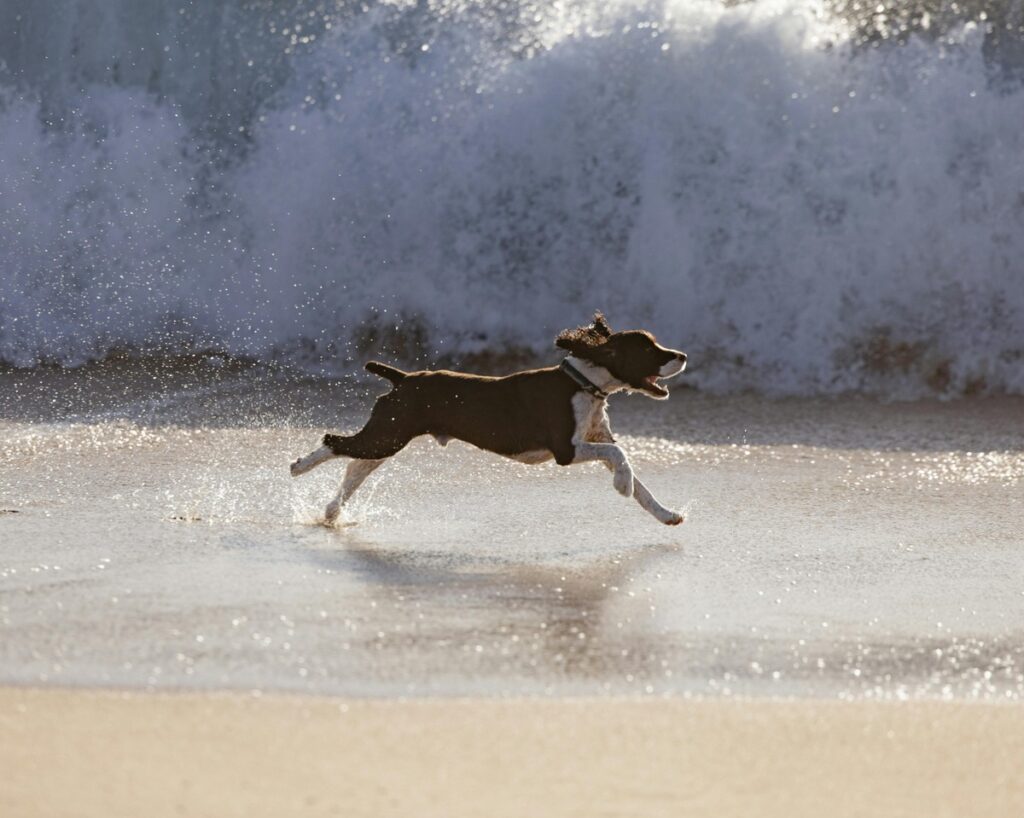
A stressed dog may walk back and forth or struggle to settle down, even in a familiar environment.
If your dog paces continuously without an apparent reason—especially in situations that should be relaxing—stress or anxiety could be the cause. Providing a calm, predictable routine and a comfortable space can help ease their nerves.
3. Yawning and Lip Licking
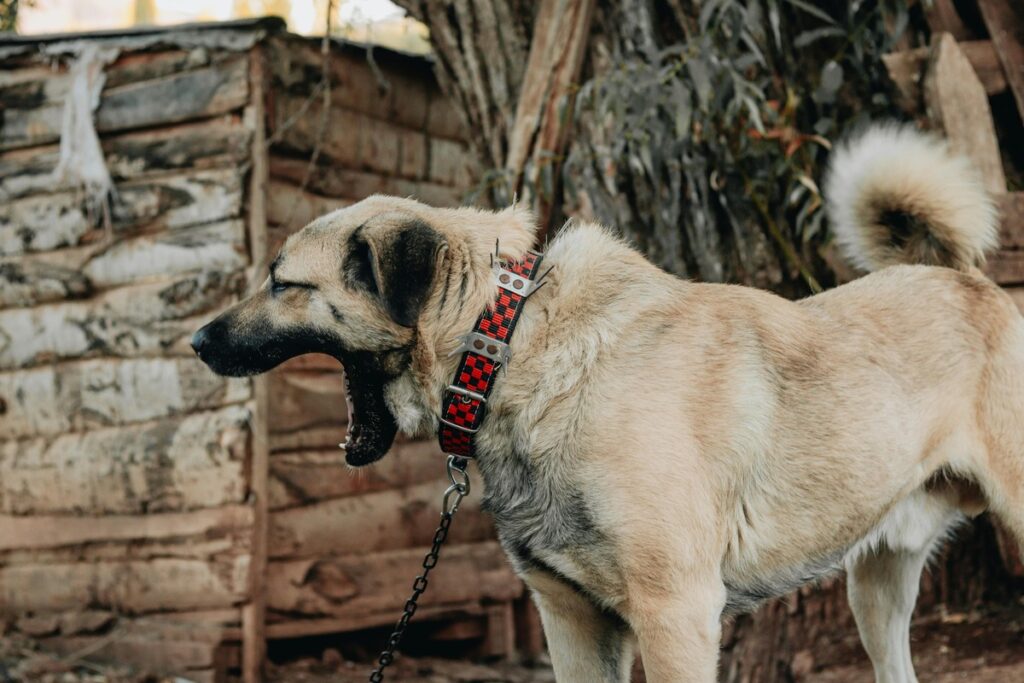
Yawning isn’t always a sign of sleepiness in dogs—it can also be a stress response. Similarly, frequent lip licking or tongue flicking can indicate anxiety.
If your dog is yawning or licking their lips excessively, particularly when they’re not tired or eating, they may be feeling overwhelmed, uncertain, or nervous about their surroundings.
4. Excessive Shedding

Dogs naturally shed, but stress can increase hair loss dramatically, sometimes even causing bald patches.
If you notice an unusual amount of shedding—especially during stressful situations, like vet visits or thunderstorms—it could be a sign that your dog is struggling with anxiety. Ensuring a calm environment and gentle reassurance can help reduce stress-related shedding.
5. Sudden Destructive Behavior
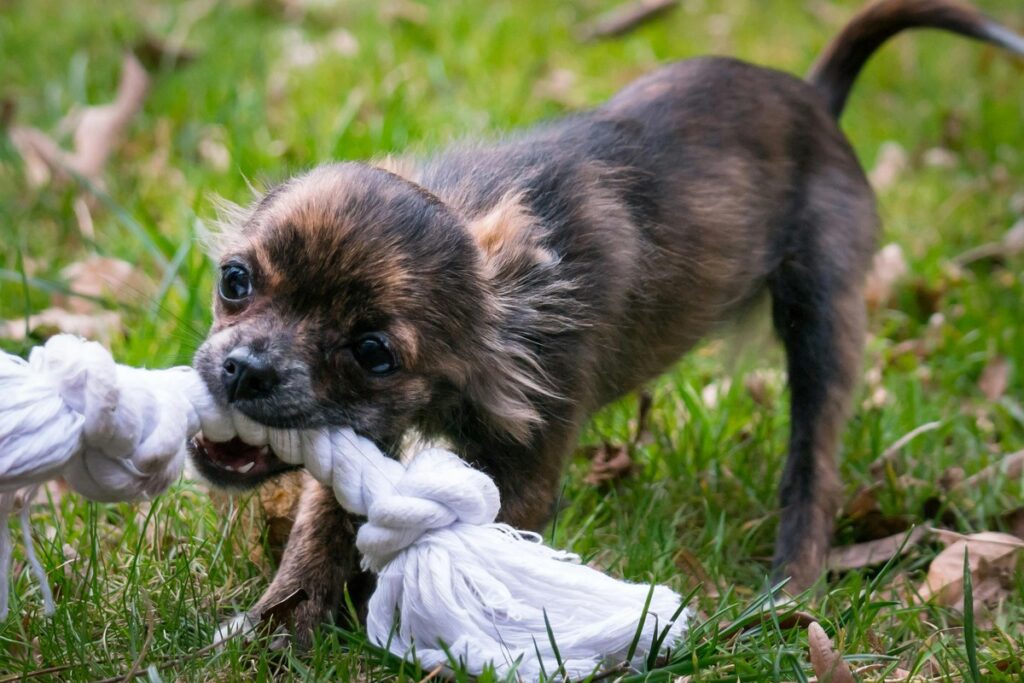
If your well-behaved dog suddenly starts chewing furniture, ripping up pillows, or destroying toys, stress may be the culprit.
Dogs often resort to destructive behaviors as an outlet for nervous energy. Providing interactive toys, puzzle feeders, or extra exercise can help redirect this behavior in a positive way.
6. Whining or Barking More Than Usual
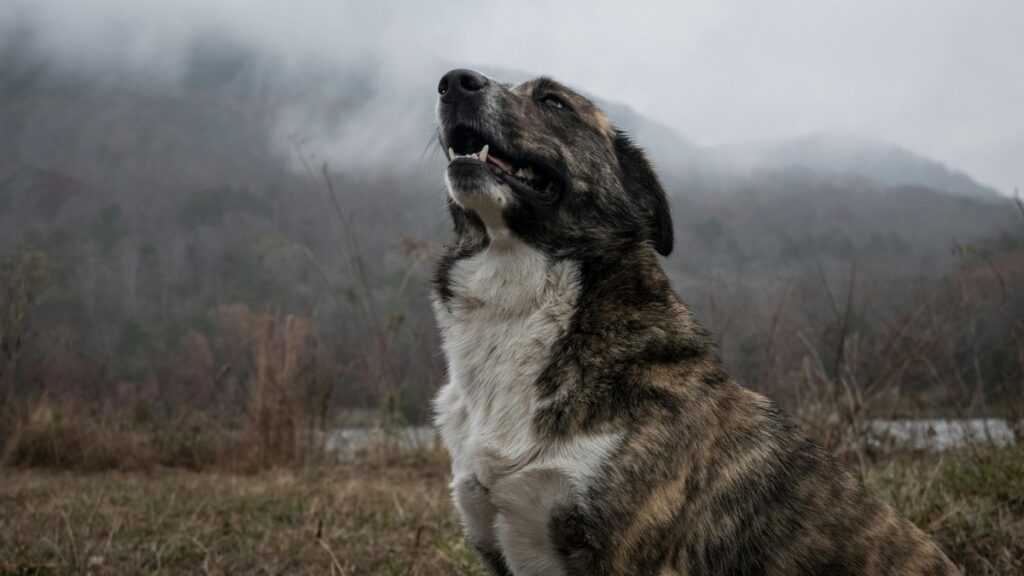
Dogs communicate through vocalization, but excessive whining or barking can be a sign of distress.
If your dog is barking at things they normally ignore or whining without an obvious reason, they may be feeling anxious or insecure. Identifying and removing the stressor or using soothing reassurance can help them feel more at ease.
7. Hiding or Avoiding Interaction
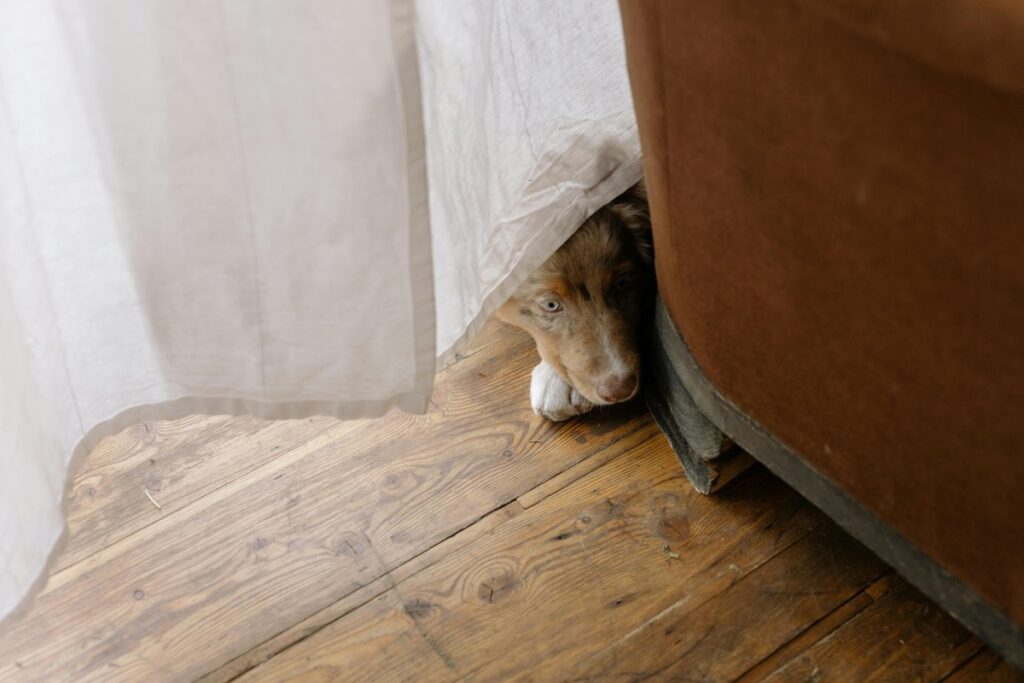
Some dogs react to stress by withdrawing from people and hiding in corners, under furniture, or in another room.
If your typically social dog suddenly avoids eye contact, hides, or ignores interaction, it may be time to evaluate what’s causing their anxiety. Giving them a quiet space to retreat while maintaining a gentle, patient approach can help them regain confidence.
8. Sudden Changes in Appetite

Stress can affect a dog’s eating habits, causing them to eat less, stop eating, or even overeat.
If your dog suddenly loses interest in food without a medical explanation, stress could be the reason. Creating a consistent mealtime routine and ensuring they eat in a calm, comfortable setting can encourage them to regain their appetite.
9. Shaking or Trembling
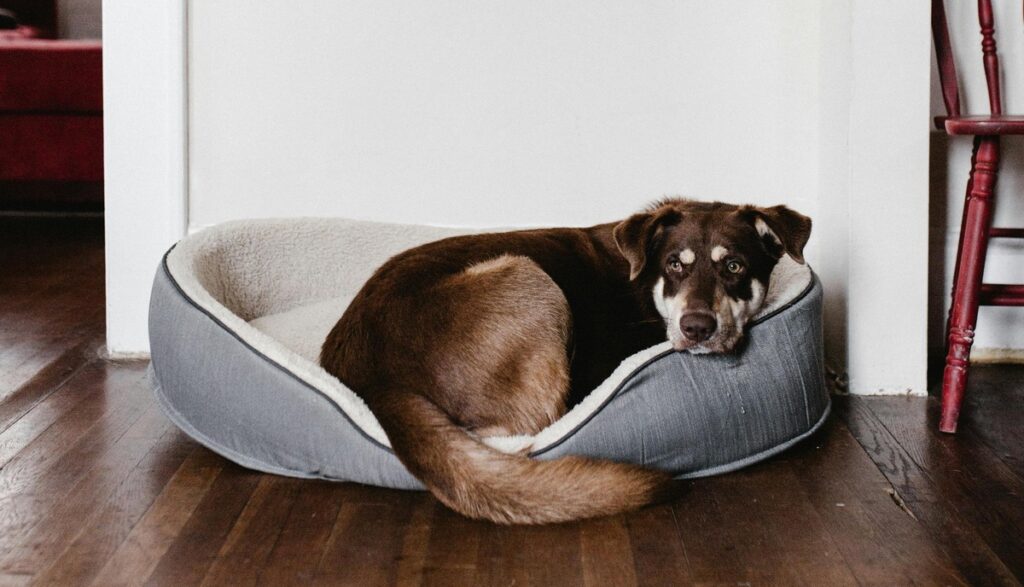
Dogs may shake when they’re cold, but shaking or trembling without a clear reason can be a sign of stress.
If your dog trembles during storms, in crowded places, or when visiting the vet, they may be experiencing anxiety or fear. Offering gentle comfort, using calming wraps, or providing a safe space can help them feel more secure.
10. Compulsive Licking or Chewing
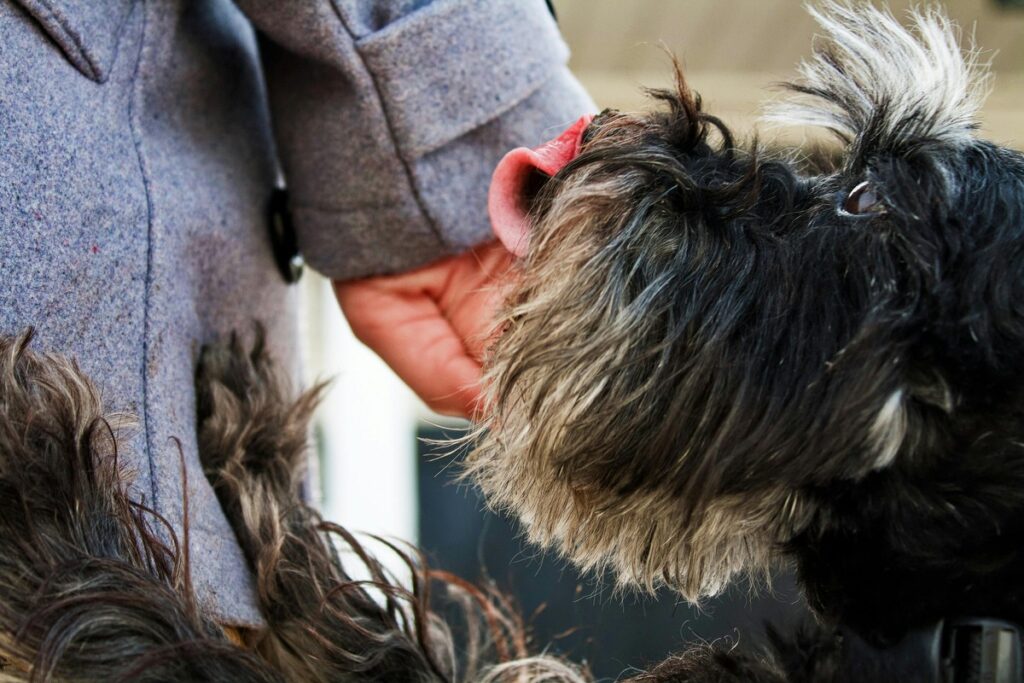
Dogs sometimes cope with stress by excessively licking or chewing their paws, legs, or other body parts, which can lead to raw skin or sores.
If your dog is compulsively grooming themselves, it may be a self-soothing behavior triggered by anxiety. Providing mental stimulation, calming activities, and vet-approved anxiety relief options can help reduce this behavior.
11. Ears Pinned Back

A dog’s ear position can be a major indicator of stress. If their ears are pulled back tightly against their head, they may be feeling nervous or uncomfortable.
Watching for additional stress signals (like tense posture or yawning) can help confirm if your dog is anxious. Speaking in a calm, reassuring voice and avoiding sudden movements can help ease their tension.
12. Frequent Accidents in the House
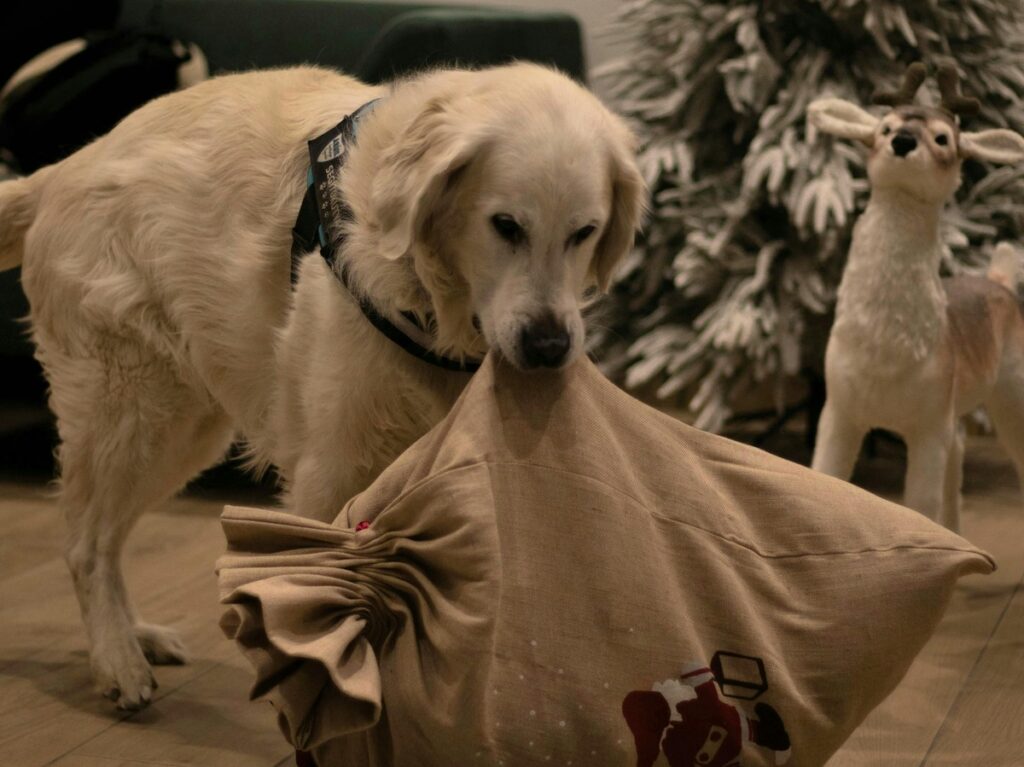
If a house-trained dog suddenly starts peeing or pooping indoors, stress could be the cause—especially if there have been recent changes in their routine or environment.
Stress-related accidents are often seen in dogs who suffer from separation anxiety or fear-based stress. Keeping a consistent schedule and providing plenty of bathroom breaks can help prevent accidents due to nervousness.
13. Avoiding Eye Contact
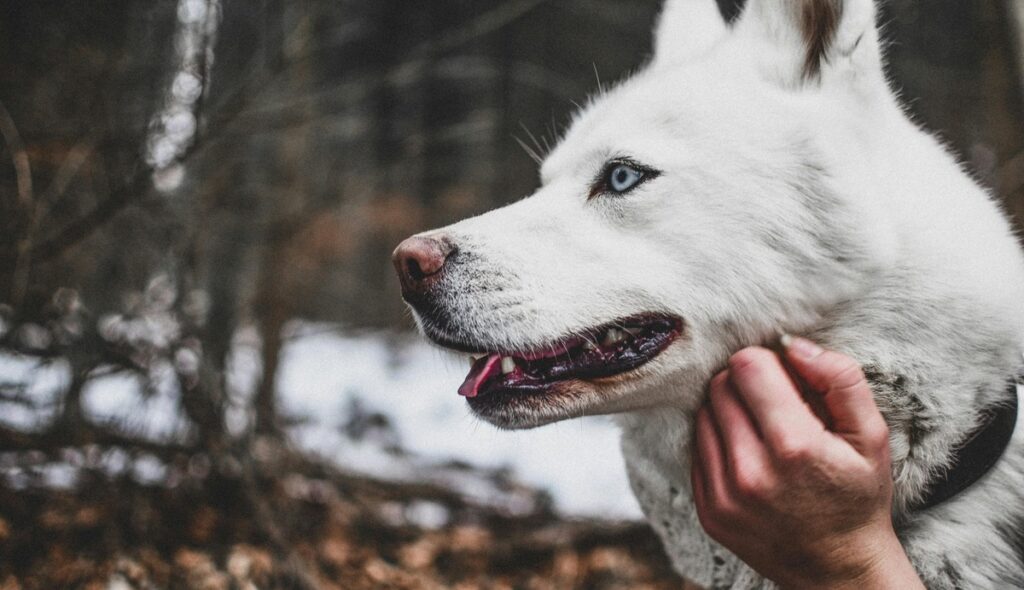
Dogs that are stressed often turn their head away or avoid eye contact when they feel uncomfortable.
If your dog normally looks at you but suddenly avoids your gaze, they may be experiencing stress. Letting them approach at their own pace and using gentle encouragement can help rebuild their confidence.
14. Clingy Behavior or Seeking Constant Reassurance
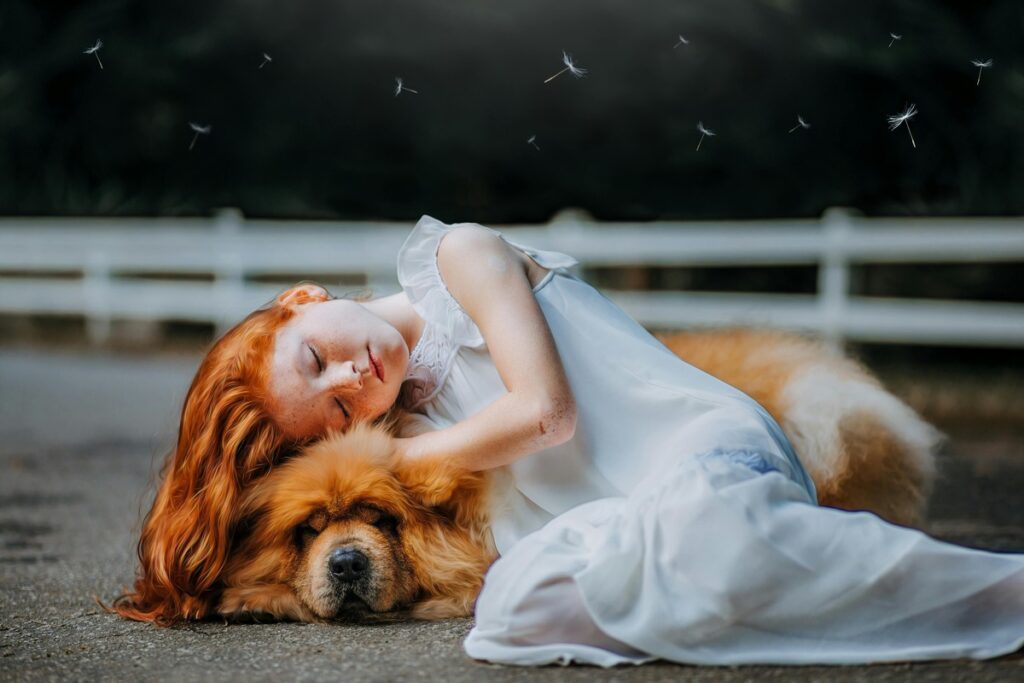
While some dogs withdraw when stressed, others become overly clingy, following their owners from room to room and seeking constant reassurance.
If your dog is suddenly more dependent or needy, they may be feeling insecure or anxious. Providing calm, steady companionship without reinforcing nervous behavior can help them regain independence.
15. Unusual Aggression or Reactivity
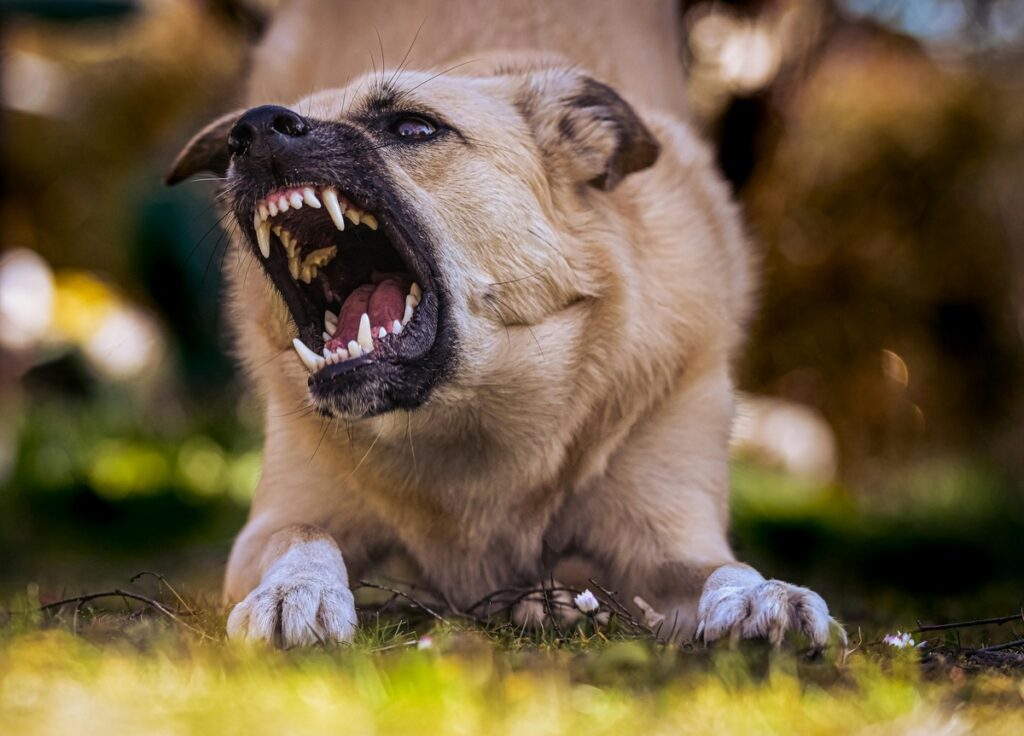
A stressed dog may snap, growl, or show aggression, even if they are normally friendly.
Stress can make a dog feel threatened, overwhelmed, or defensive, leading to uncharacteristic behavior. If your dog becomes reactive, stay calm, avoid punishment, and remove them from stressful situations until they feel safe again.
How to Help a Stressed Dog
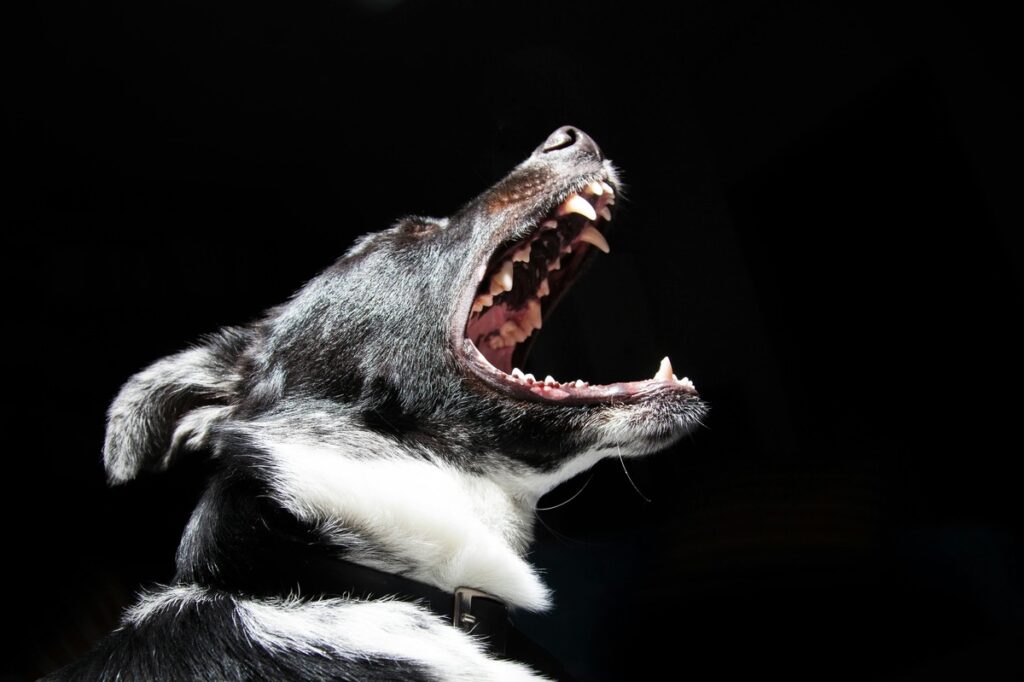
If you notice signs of stress in your dog, identifying the cause is the first step. Changes in routine, loud noises, unfamiliar environments, or lack of stimulation can all contribute to anxiety and discomfort.
Providing a calm, predictable environment with regular exercise and mental stimulation can help your dog feel more secure. Comforting your dog without reinforcing fearful behavior, using calming techniques like massage or soothing music, and considering anxiety-relief products (such as pressure wraps or pheromone diffusers) can also make a difference.
If stress-related behaviors persist or worsen, consulting a veterinarian or professional dog trainer can help determine if there are underlying medical or behavioral issues that need to be addressed.



